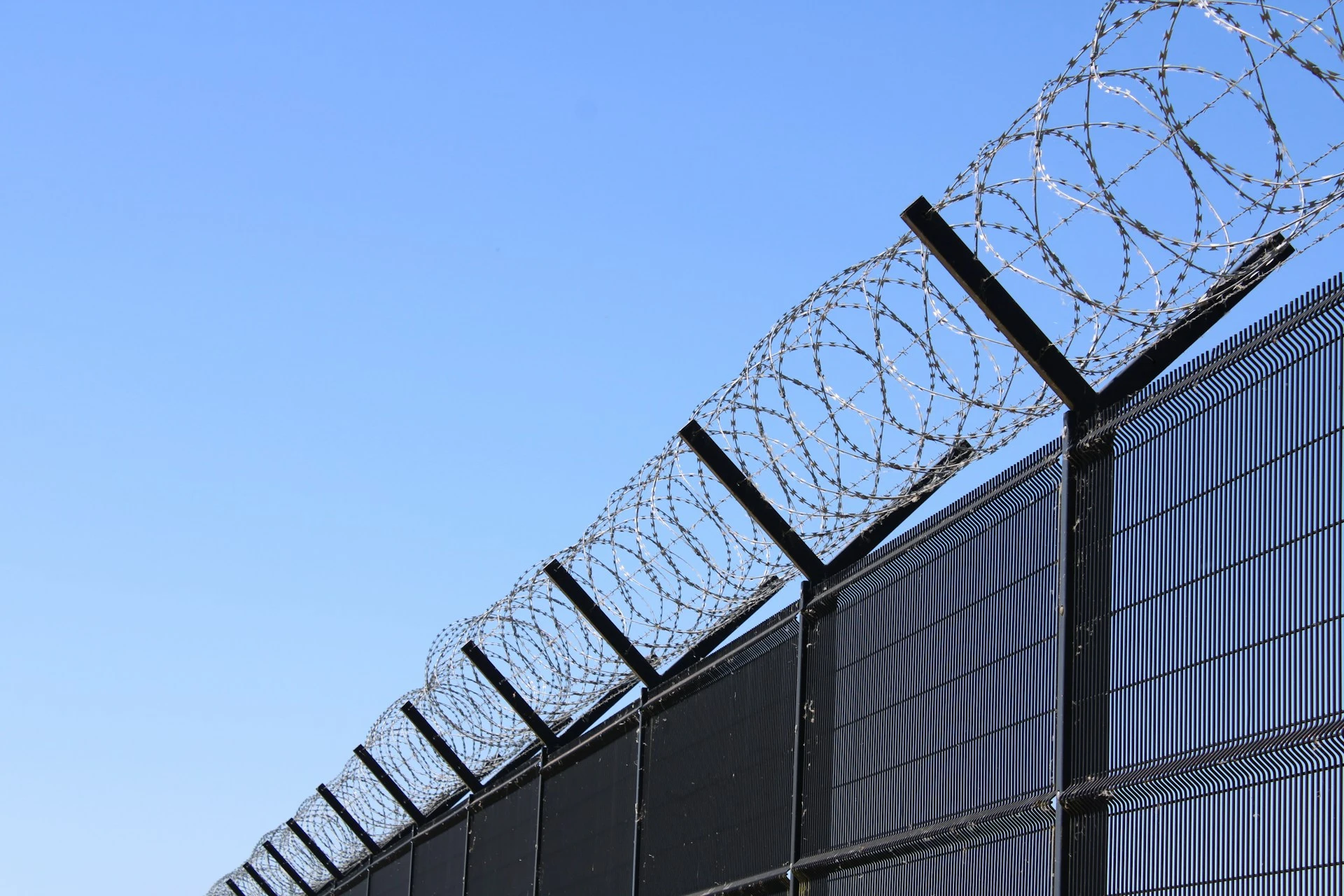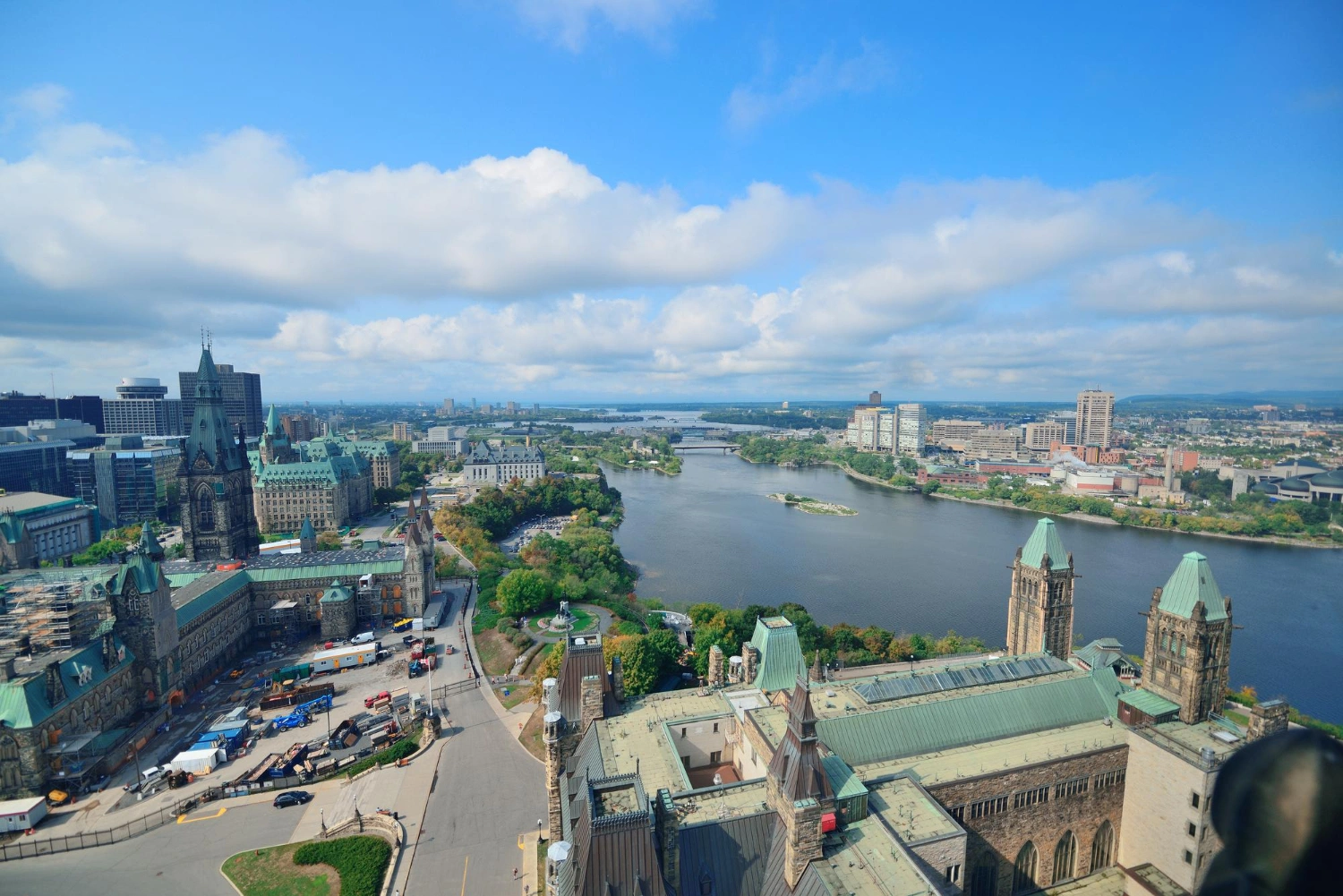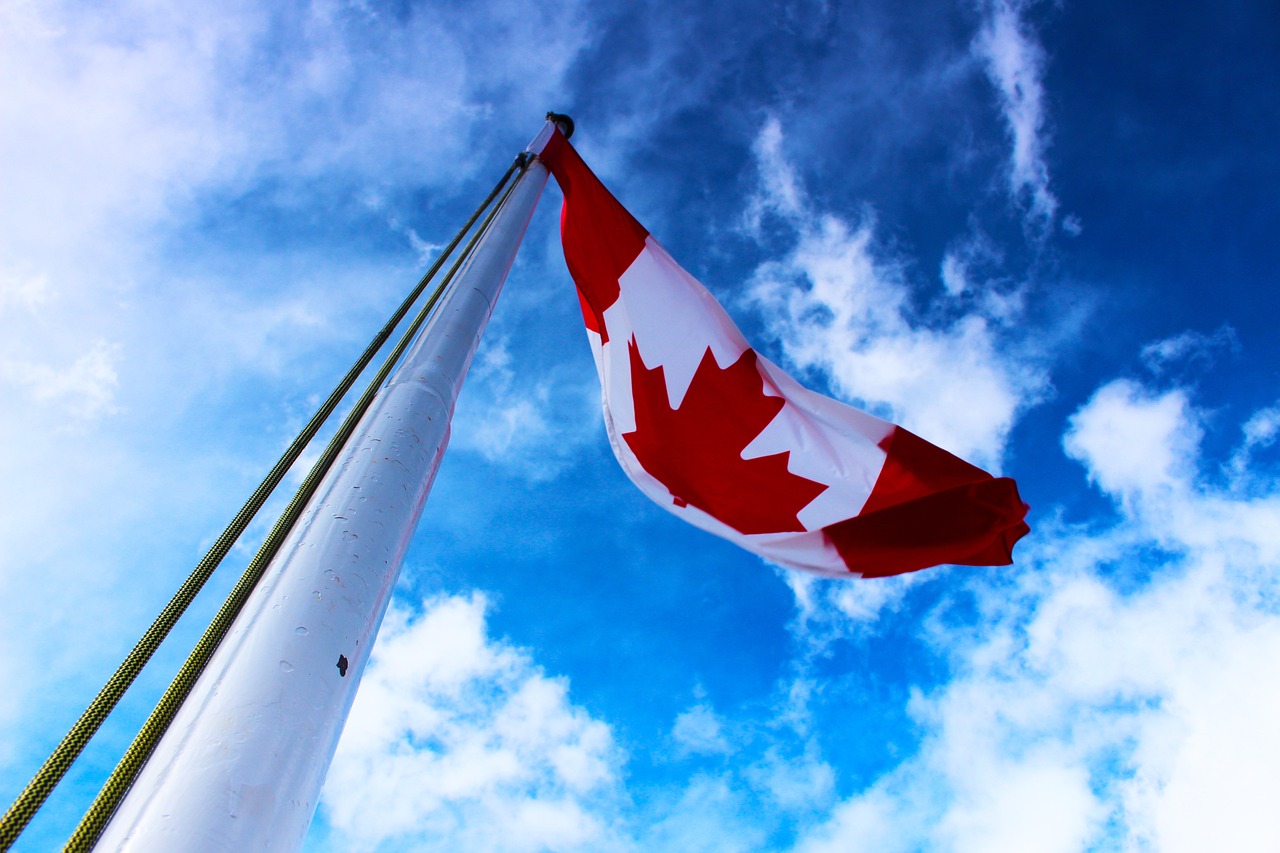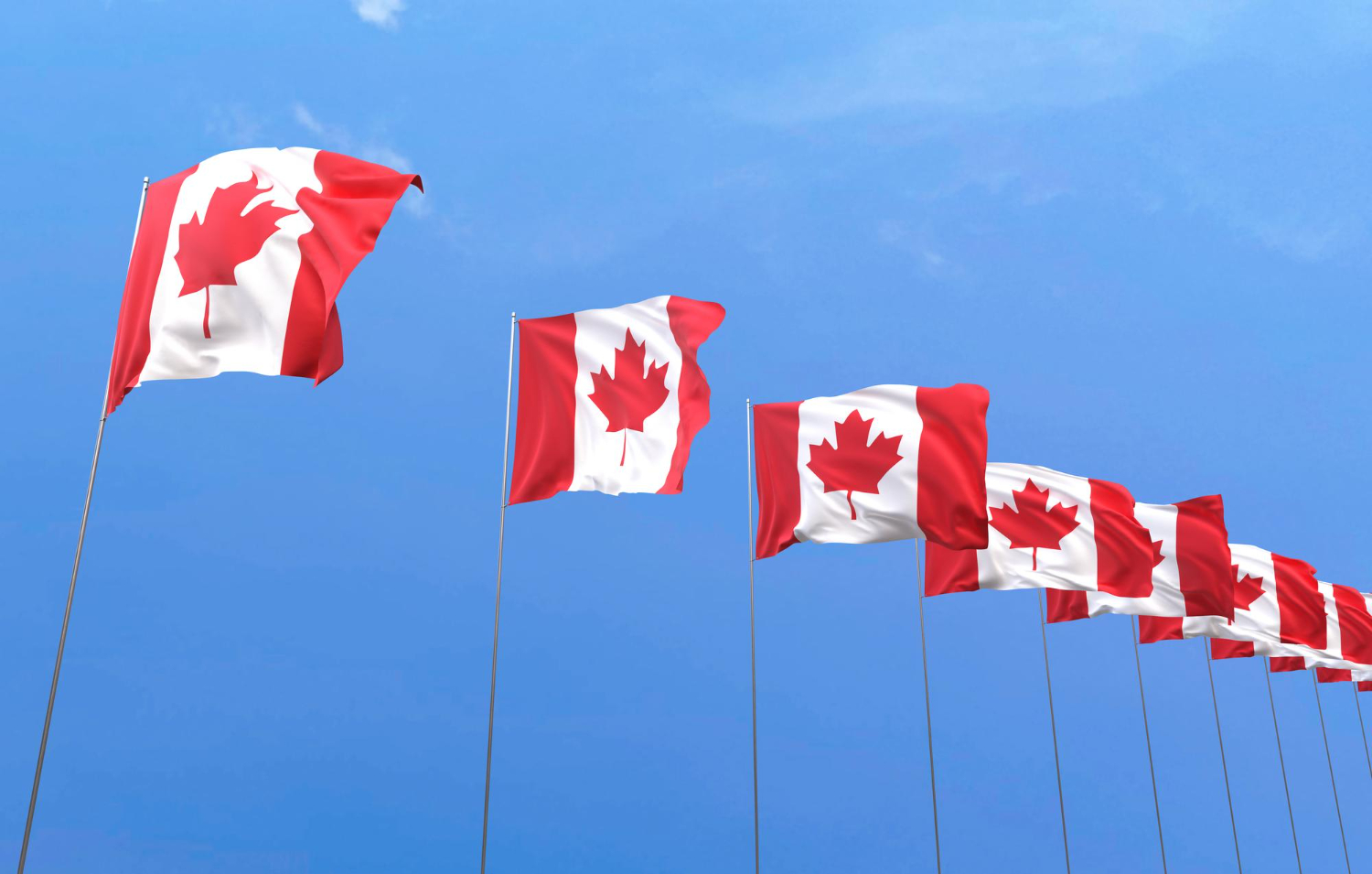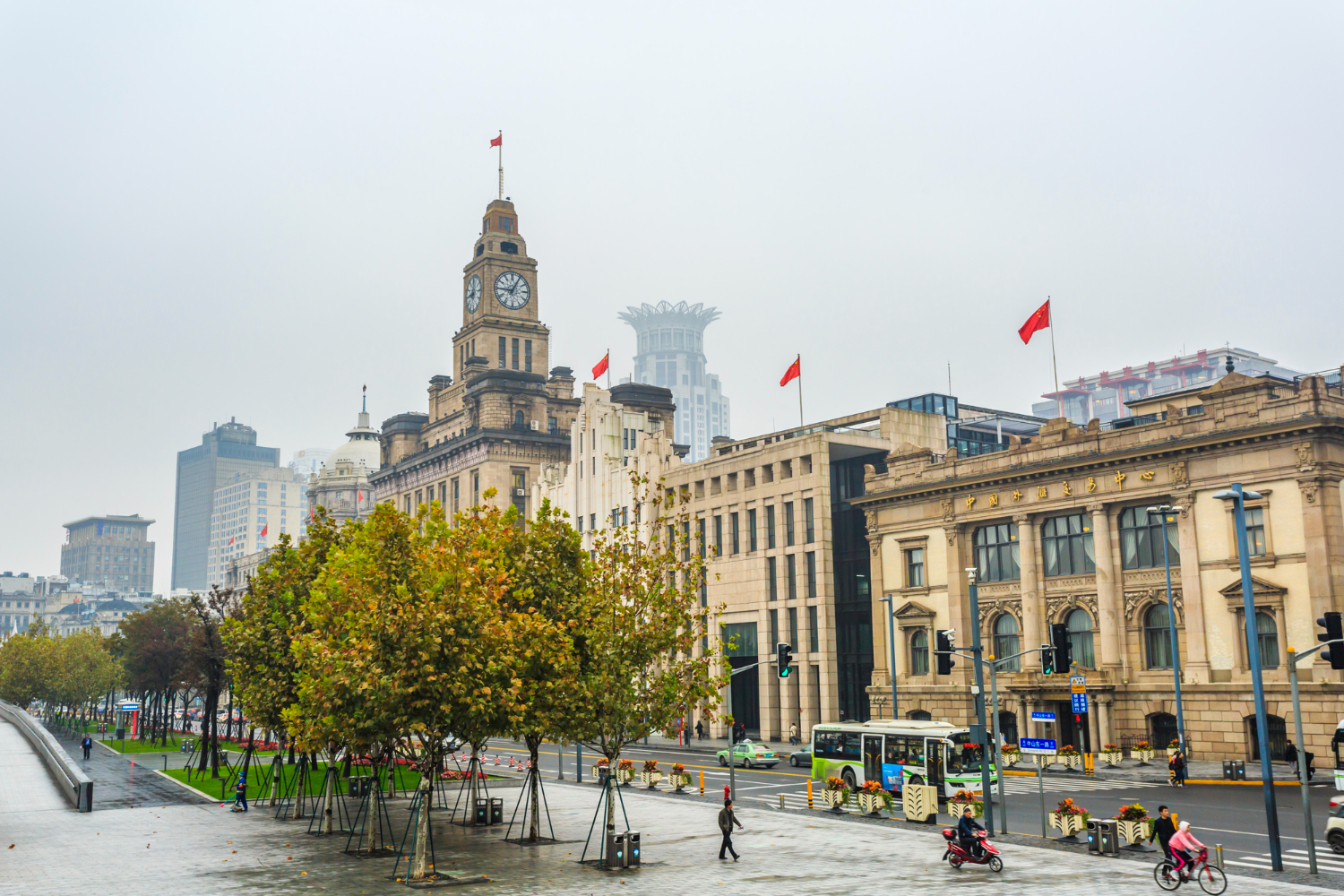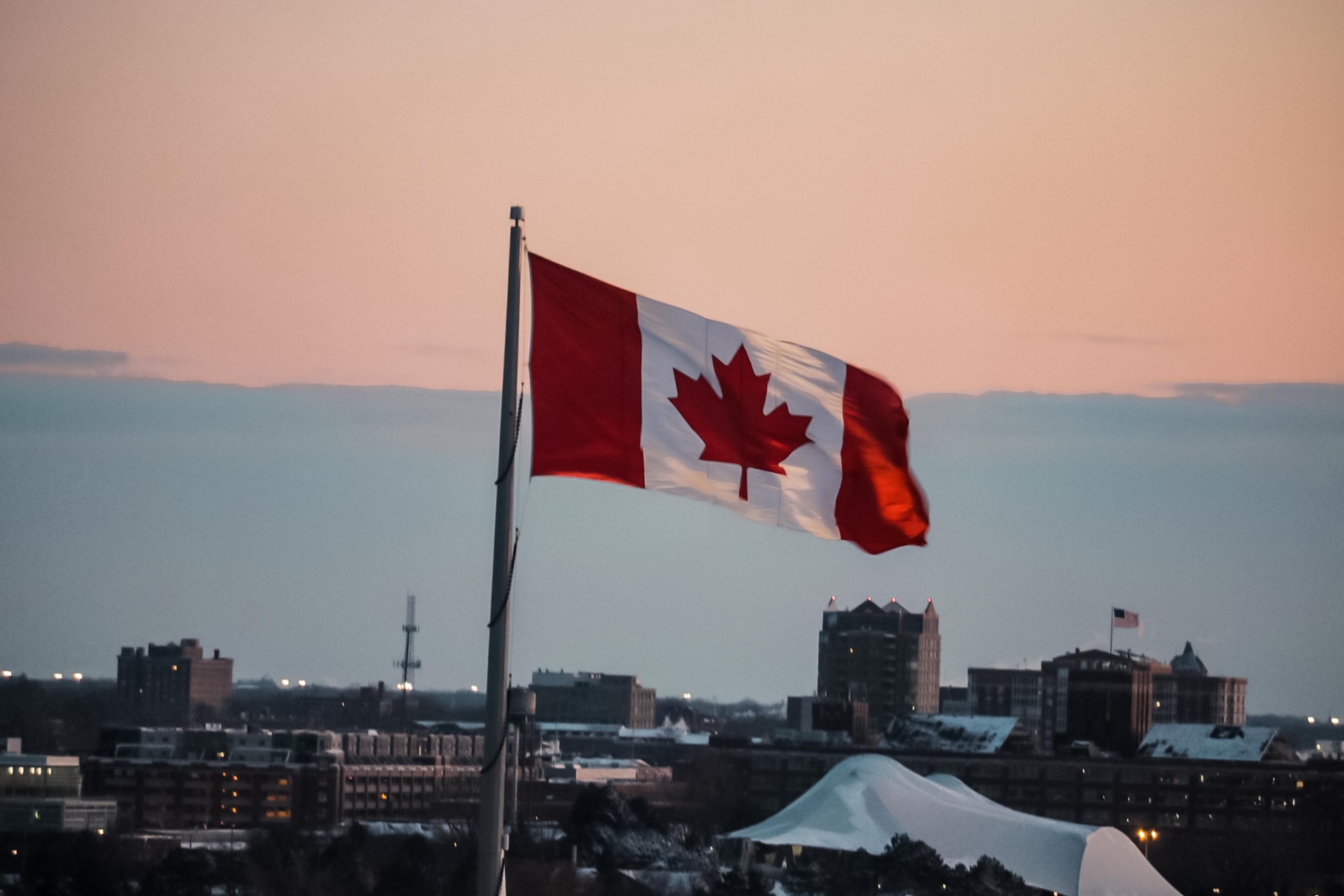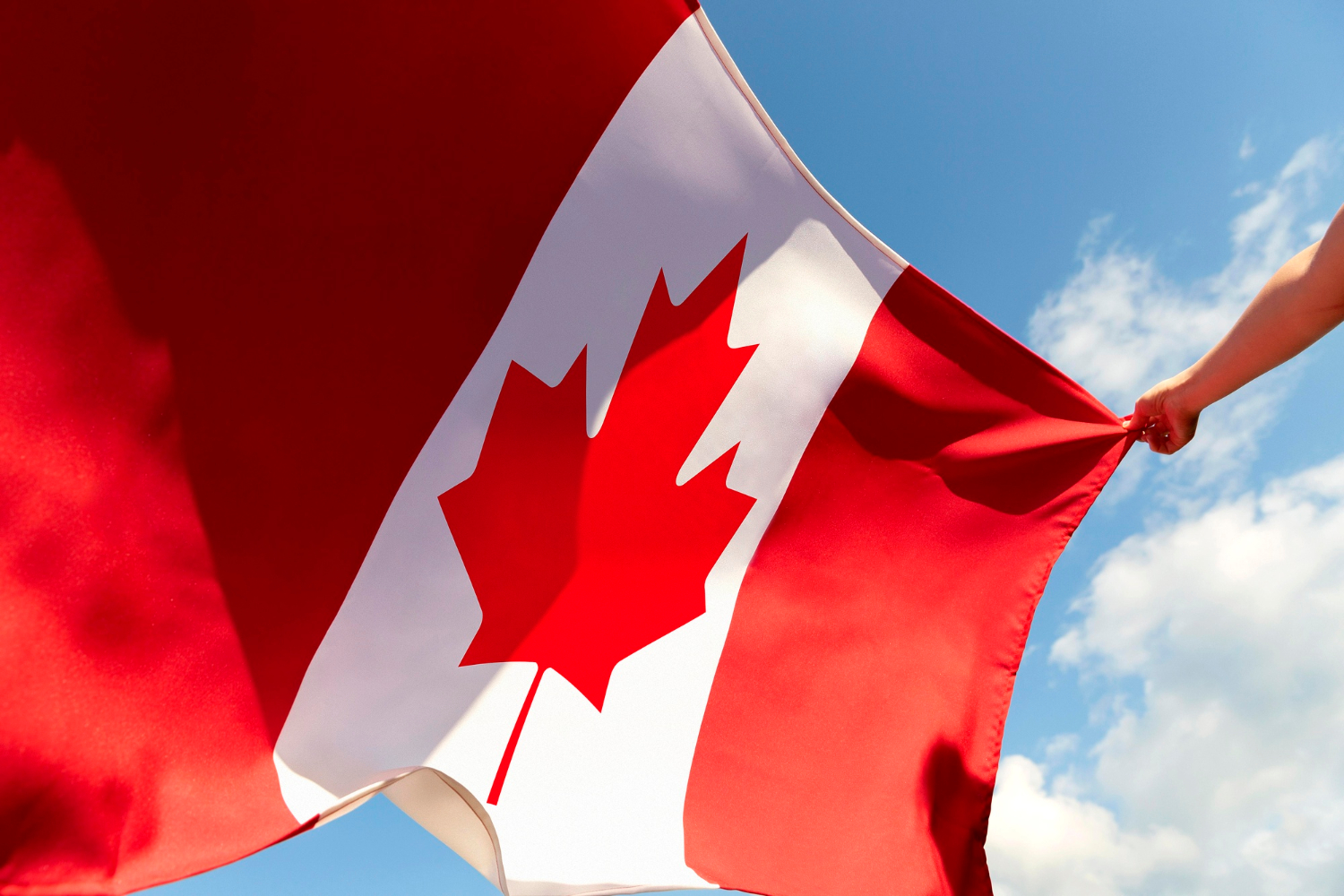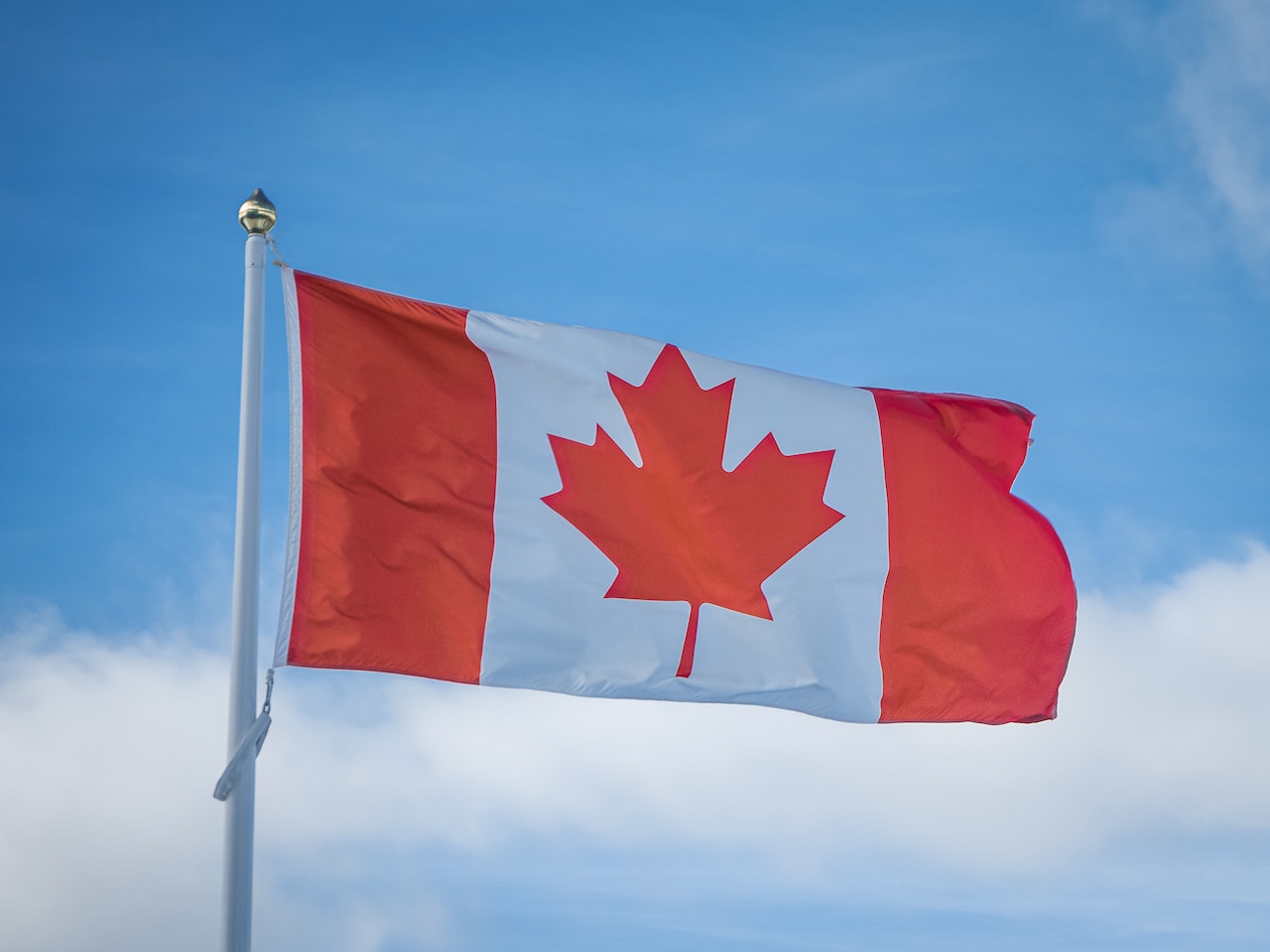
In Canada, immigrants now account for 23% of the country’s overall population, breaking a record that had been set 100 years earlier, according to the most recent census.
The Canadian government appears unwavering in its dedication to immigration and embracing foreigners as we move into 2023. Canada expects that more immigration will contribute to the social and economic progress of the nation while also assisting in the reunification of families and providing humanitarian aid to those in need.
The following is a general summary of possible future trends in Canadian immigration for the year 2023.
Hope that the backlog of IRCC applications keeps shrinking from the perspective of the client
The entire backlog of applications at Immigration, Refugees, and Citizenship Canada (IRCC) has consistently shrunk since September 2022. Data released indicates that IRCC has reduced its backlog by 400,000.
Additionally, IRCC has secured $85 million in extra money to “decrease application inventories” and has hired 2,521 more “front-line operations workers” between March 2019 and November 2022. It is still hoped that in 2023, these elements would continue to have a favorable impact on the IRCC’s service standards and the backlog of applications.
Target Immigration Levels for 2023
Within the Immigration Levels Plan for 2023, Canada has set a record-high immigration target, indicating that IRCC believes it can manage the backlog while simultaneously receiving a large number.
The 2023 Immigration Levels Plan objective (465,000) is broken down into the following categories.
- Express Entry: 82,880
- Programs for Provincial Nominees (PNP): 105,500
- 28,500 parents and grandparents
- Children: 78,000; Partners and Spouses: 78,000
4 major Canadian immigration routes in 2023:
Provincial Nominee Programs
We discovered around the end of this year that the PNP is about to surpass Express Entry as Canada’s leading immigration route. PNPs are essential in assisting Canada in addressing particular labor market demands that are surfacing around the nation. Accordingly, it is anticipated that Canada will accept slightly less than 23,000 more PNP immigrants than Express Entry applicants in 2023.
Express Entry
Canada’s goal to address certain labor market requirements and deficits is further supported by the expectation that IRCC would launch “targeted” Express Entry lotteries in 2023. These draws will target candidates who have certain professional experience, language abilities, and/or educational backgrounds rather than issuing Invitations to Apply (ITAs) based on a candidate’s Comprehensive Ranking System (CRS) score.
Parents and Grandparents Programs
Canada will continue to support family reunification in 2023. The success of Canada’s Parents and Grandparents Program is proof of this. According to Canada’s most recent Immigration Levels Plan, the PGP, along with other immigration paths including the Super Visa, will aim to welcome more than 28,000 entrants in 2019.
International Students
For overseas students studying in Canada, the IRCC announced an adjustment to its off-campus employment hours rules in October.
International students who are studying in Canada and have off-campus work authorization on their study permit are permitted to work more than 20 hours per week while classes are in session starting on November 15, 2022, and ending on December 31, 2023.
Over half a million overseas students may be able to work additional hours while attending their classes between now and the end of next year thanks to a reform that is intended to assist Canada to deal with its historic labor shortages and the historically low jobless rate.
What effects will these changes have on Canada in 2023?
Canada’s population and labor force gain greatly from immigration, and this trend should continue in 2023.
For instance, Canada should be able to reduce some of the pressure that is now affecting the country’s labor market thanks to the anticipated increase of immigrants through both PNPs and targeted Express Entry lotteries.
Canada will gain economically when more qualified, professional immigrants immigrate to the country, particularly those employed in professions with high demand, thanks to the normal cycle of spending that takes place when people are employed.
Additionally, the temporary easing of the off-campus work hours restriction could eventually lead to an increase in the number of international students studying in Canada as this action is predicted to make the country even more appealing to international students.
More foreign students will eventually help to strengthen Canada’s the economy and labor market if this results in more international students remaining in Canada after graduation (much like the Express Entry and PNP immigrants described above).
In light of this, there should be numerous reasons for all Canadians to be more optimistic about the country’s future economic growth and labor force.
All Canadians should keep an eye on how the economy and labor market are doing in order to determine how much immigration will affect the nation over the course of the next 12 months.















